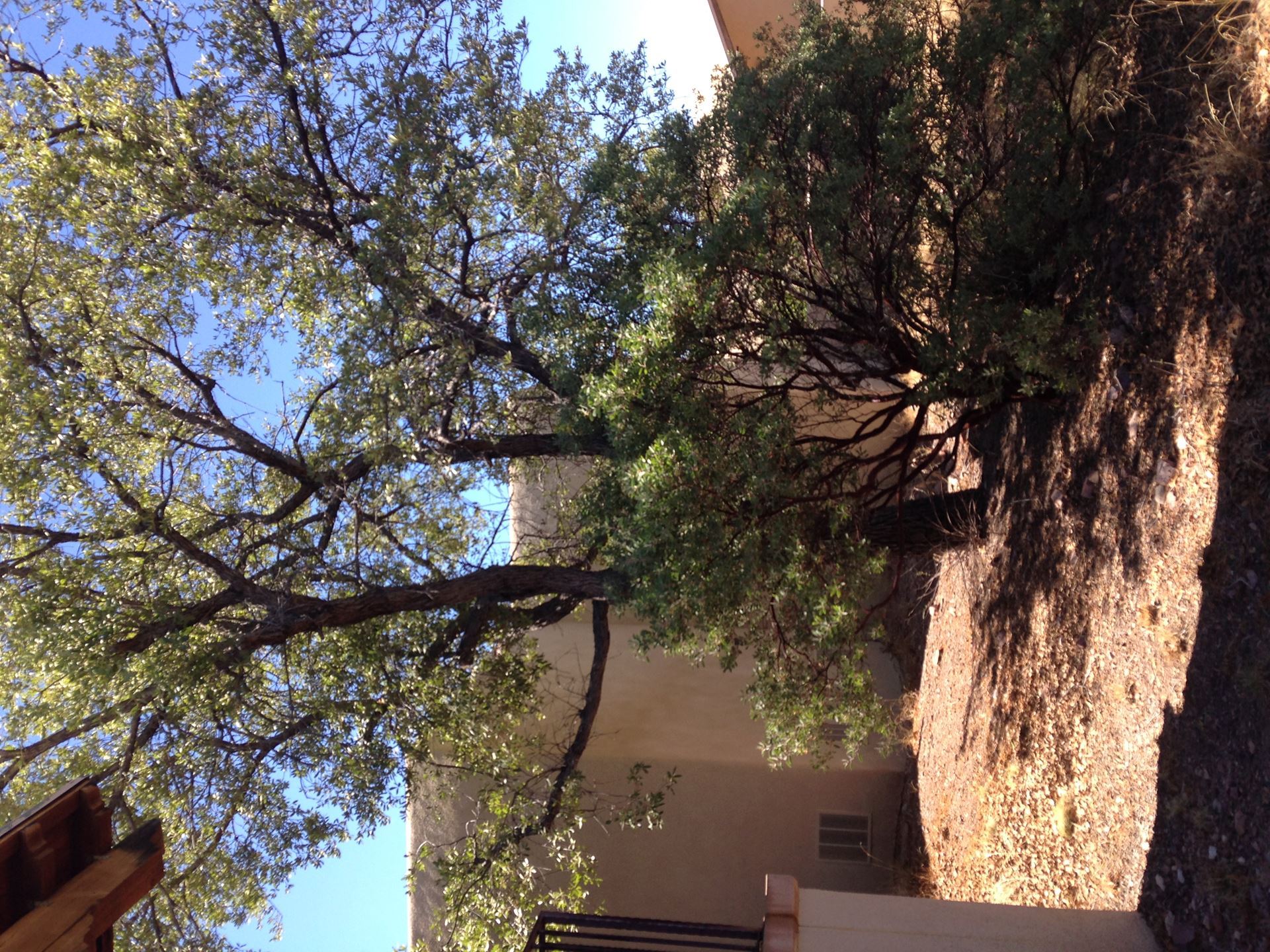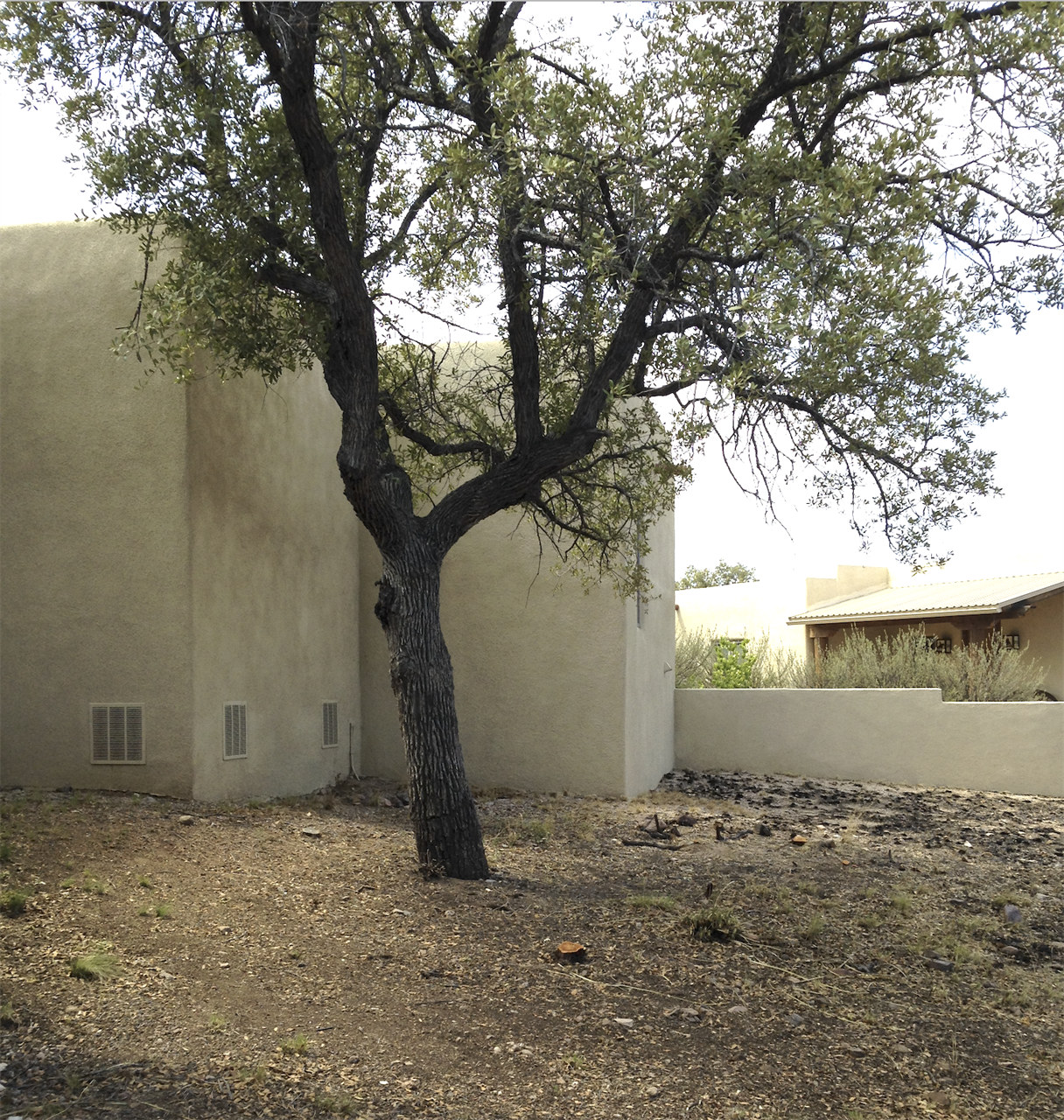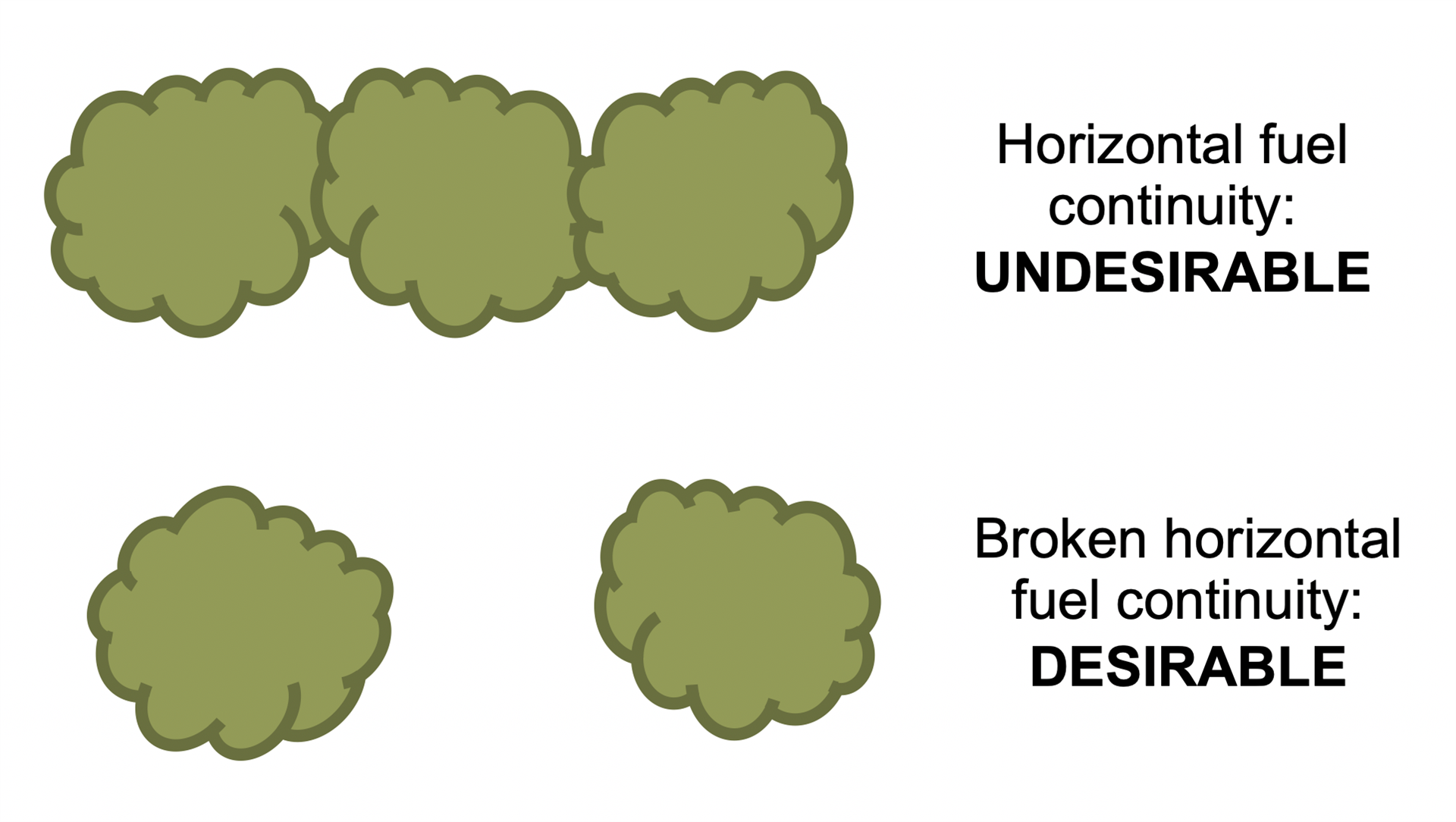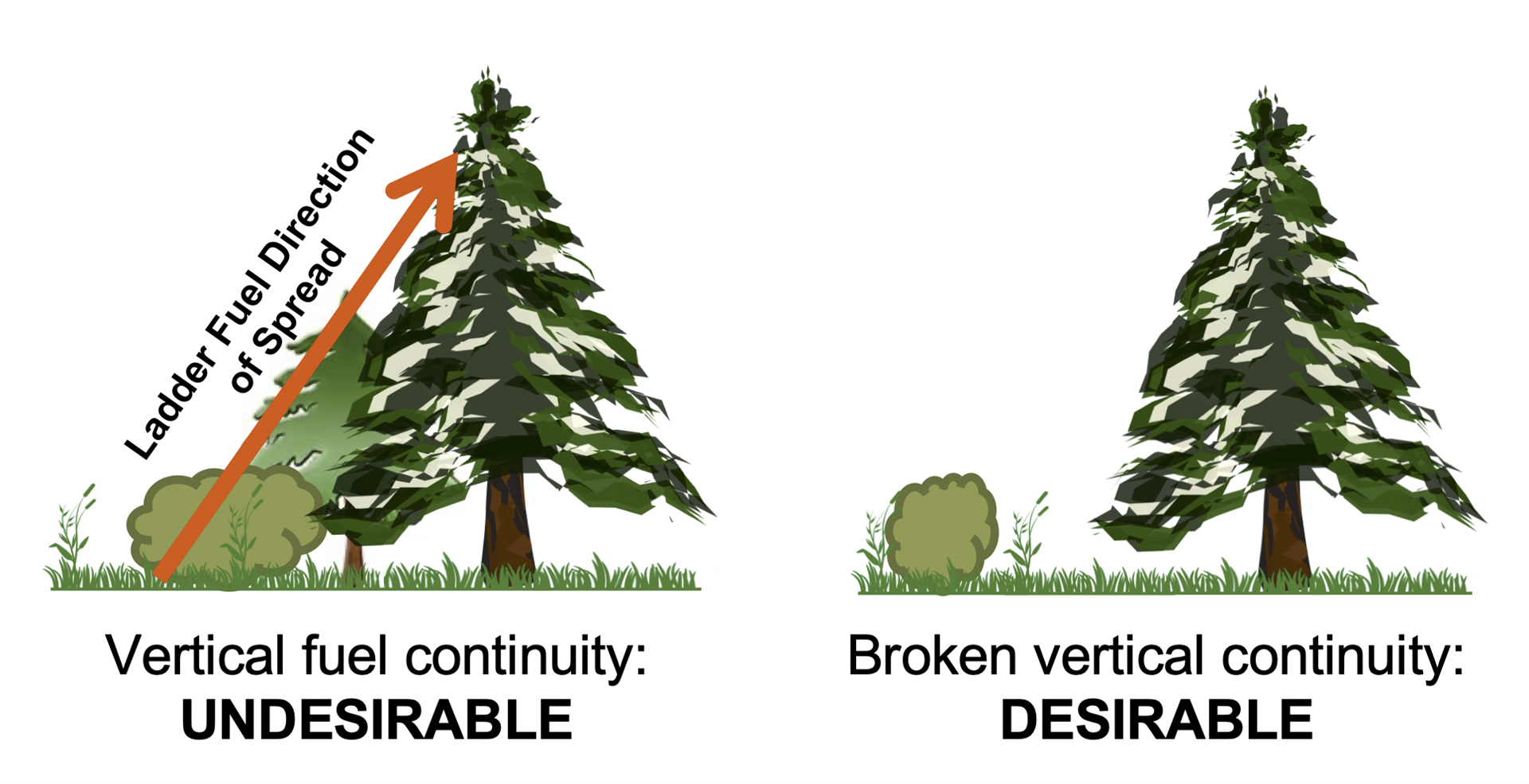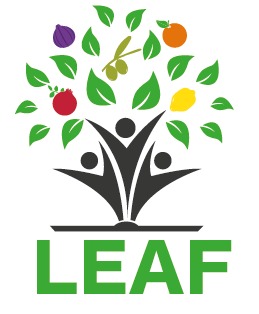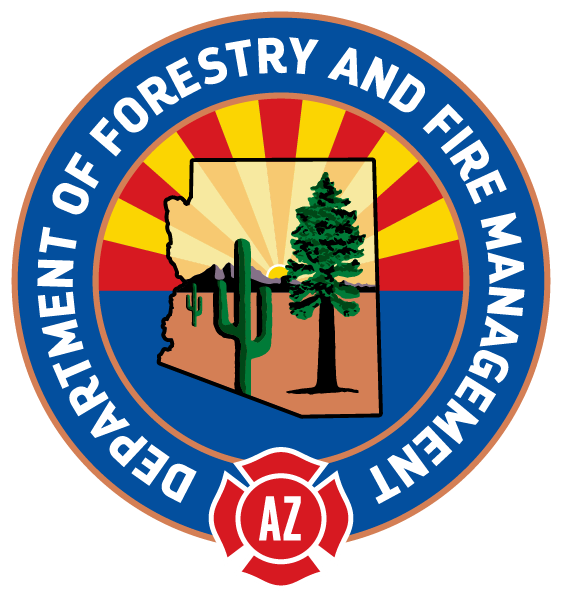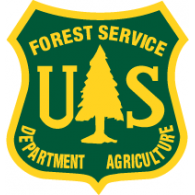Wildfire Preparation Click Here for PDF of Wildfire ProtectionCommunities throughout the West have seen an increase in the number, size and severity of wildfires in recent years. Based on climate change predictions, these could continue to increase in the future. In addition, more homes are being built bordering wild lands. Wildfires are a particular threat where fire-prone forests or grasslands are located next to urban and suburban areas. Wildfires can be started by natural or human-caused events. Once started, they can be driven by wind, drawn uphill or drawn by available fuels, with unpredictable results. In fire-prone areas, consider the threat of wildfire while planning your edible landscape to create a site design that meets food production needs and goals for fire safety. Information on site design for fire safety is provided below. See FIREWISE practices here and Living with Wildfire, Homeowners' Firewise Guide for Arizona. Vegetation Selection When selecting edible trees and understory plants, consider how they may interact with fire. For example, juniper is very flammable due to naturally occurring combustible chemicals in its leaves. Junipers can be hazardous in a wildfire, especially if they are near structures or under other trees. Oak and pinyon pine also fall into this category. However, if these types of trees are already present at your site, or your food production goals cannot be met without them, proper spacing and pruning can reduce the wildfire risks associated with them. For information on plants that are somewhat more safe in fire-prone areas, see FIREWISE Plant Material for 3000 Feet and Higher Elevations, a PDF publication prepared by the Arizona Cooperative Extension Service. Vegetation Management Zones around Structures Take into account structures and their survivability in case of a fire by addressing the proximity between vegetation and structures at the site. Five-foot Zone Around Structures. In general, most plants and trees should not be planted close enough to touch a structure. A five-foot zone around a structure is advisable for many reasons. For wildfire safety, having a gap between plants and structures is especially important to keep flames on burning plants from moving directly to a structure. This gap also helps keep plant roots and irrigation water away from building foundations. Within this five-foot zone, prune branches and rake leaf and needle litter away from the structure. In areas prone to wildfires, keep tree canopies at least 10 feet from structures (see more information in Pruning for fire protection, below). Continuity of Fuels within 100 Feet of Structures. One of the main concerns with fire-safe landscaping around homes and other buildings is the continuity of fuels. Fuels include live and dead materials that are combustible. Branches, leaves, needles, cones and grasses are among the potential fuels that should be considered. Fuels can have horizontal continuity and/or vertical continuity, both of which should be considered in design. Horizontal fuel continuity refers to the proximity of tree canopies, shrubs and grasses side-by-side. A fire could spread easily sideways from one plant to another if plants are close together. For example, fire in a continuous row of shrubbery could spread along a direct path to a home or other flammable vegetation. However, when plants have sufficient gaps between them, this slows the spread of fire and reduces the chance that fire will move to a neighboring plant. Vertical fuel continuity refers to what is termed ladder fuels. A fire can progress easily upward from grass to overlying shrubs, small trees and large tree canopies. Removing some shrubs or small trees near larger trees can help reduce vertical fuel continuity and break the chain of fire spreading directly to tree canopies or structures. For example, a manzanita shrub under an oak tree can provide a direct link between the ground and the tree canopy in the event of a fire. However, removing other vegetation 15 to 20 feet from the manzanita can reduce the possibility that fire will ignite the manzanita to begin with. Shrubs can be planted below trees if there is minimal or no horizontal continuity of fuels. Pruning for fire protection. Food-producing plants often have some protection from fire if they are well watered, keeping the area moist. However, even with watering, high temperatures and low humidity can quickly dry leaves and plant litter. Pruning and proper plant care can improve growth, form and function of vegetation, and also reduce fire hazards. Start by removing dead plants, especially any located below vegetation or next to structures. When pruning for fire-safety, remove dead or diseased branches and any low-hanging branches that could provide fuel continuity with lower vegetation. Remove branches of larger trees up to 6 feet above the ground to reduce fire access to the tree canopy. For trees that produce fruits or nuts on low hanging branches, keep trees well pruned of dead branches and free from other fuels. To break horizontal and vertical fuel continuity, space trees with low hanging branches far from other trees and buildings. Do not plant understory plants below hanging branches. If branches are within ten feet of—or actually touching—a structure, these branches may pose a threat by providing a direct channel to structure ignition. In areas prone to wildfires, keep tree canopies at least 10 feet from structures. In the dormant season, when you are pruning branches to maximize fruit production, also prune branches to keep them 10 feet away from structures. This will prevent potential fire hazards and prevent damage from branches brushing against the structure. If trees are located closer to buildings in fire-prone areas, make sure trees are well watered, well trimmed and in good health. For more information on general pruning guidelines, see CARE - Pruning Edible Trees. | Large oak tree and understory manzanita bush growing close to house puts the structure at risk if a wildfire passes through the area.
Same tree after understory ladder fuel was removed for wildfire protection In wildfire-prone landscapes keep a 10-foot perimeter around the house free of tree canopies, Leave gaps between tree canopies to break up horizontal fuel continuity.
|
Branch and Leaf Litter. Due to pruning and natural branch dieback, branches or twigs can build up on the ground under and near trees and shrubs. From a fire safety standpoint, dead and downed branches and logs should be removed from the ground since they burn longer than leaf or needle litter. The long exposure to high temperatures from these types of burning fuels can ignite other vegetation or structures, continuing the spread of fire. Leaf and needle litter provide many benefits to a site including erosion control, releasing plant nutrients, providing habitat for beneficial insects and bacteria, and retaining moisture. When considering leaf or needle litter, keep proximity in mind. We do not recommended removing leaves or needles from an entire property. However, in fire-prone areas, raking leaves or needles 3 to 5 feet away from structures may be necessary during the wildfire season. Be sure to rake down to the soil—or down to grass if there is a lawn. In these areas, leaves or needles should be raked about one foot away from the outside perimeter of trees or shrubs to reduce the potential for fire moving from the ground into taller vegetation. Timing of wildfire-prevention activities Though sites should be well maintained throughout the year, if you live in a fire-prone area, specific activities should be conducted by late winter or early spring. Rake the small areas directly around vegetation and structures. Any vegetation that is too close to other vegetation or structures is a potential path for fire to spread, so break up the continuity of fuels on your property. Complete any needed pruning while trees and shrubs are dormant in the winter. Clumps of vegetation should be properly maintained with canopies at least 15 feet from other vegetation or structures. Enjoy the benefits of edibles plants and rest easy knowing you have prepared for potential risks of living in a fire-prone landscape. |
CAUTION: Never eat anything that is not properly identified. It is your responsibility to ensure that all fruits, nuts, seeds, pods and other edible products of trees and shrubs are correctly identified and safe to eat before eating them or serving them to others.
Copyright 2023
LEAF is under the fiduciary stewardship of the Arizona Community Tree Council, a 501(c)3 non-profit organization.
70 S Val Vista Drive, Suite A3-186, Gilbert, AZ 85296

